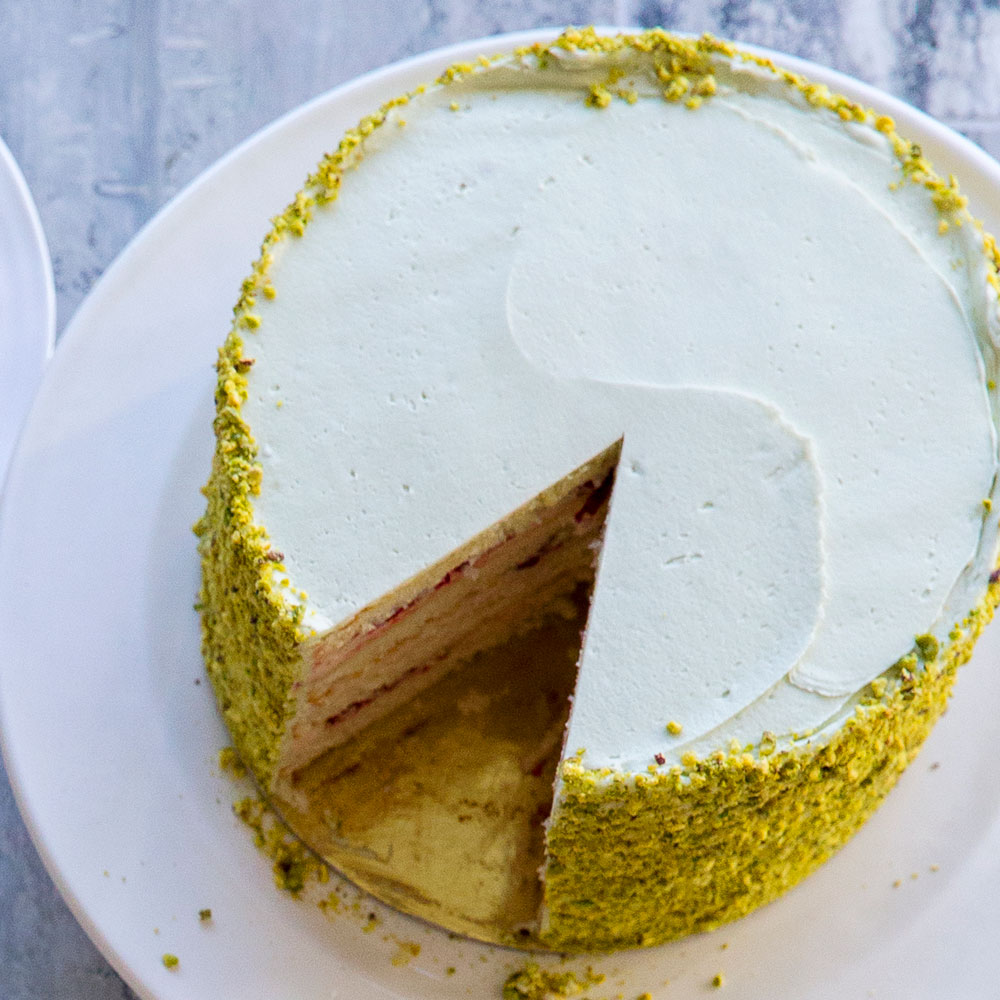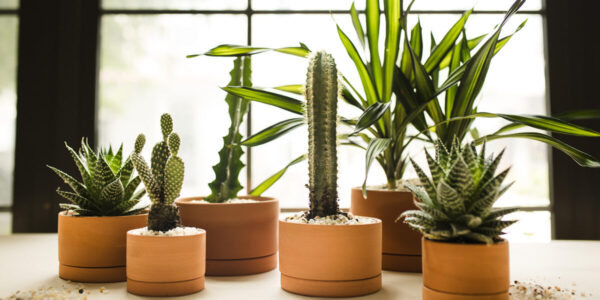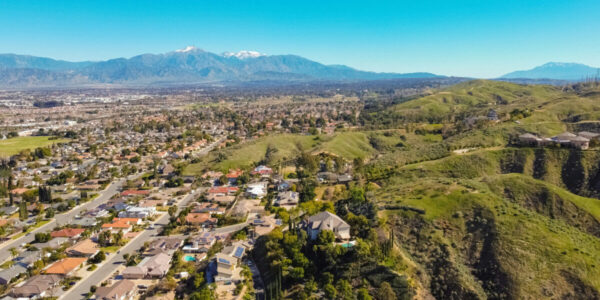Pistachio Raspberry Cake

Photo: Thomas J Story
"Baking and icing a cake from scratch can be daunting. But you don't have to do it all in one day," says Rosie Daykin, the cheerful and talented owner of Butter Baked Goods, in Vancouver. Bake the cakes first and let them cool; the next day, make the frosting and assemble the cake. To frost more evenly and efficiently, use a sturdy rotating cake stand. Also very helpful: a round cardboard cake board to build the cake on--"it makes frosting, moving, and slicing the cake so much easier"--and a large offset spatula. You can find all these in kitchenware shops and online.
How to Make It
Preheat oven to 350° with a rack in center. Butter two 8-in. cake pans, then line bottoms with parchment paper cut to fit.
In a stand mixer with the paddle attachment (or a handheld mixer with an egg-beater attachment; a whisk attachment won't mix the batter properly), beat butter on medium speed until pale and fluffy, about 5 minutes. Scrape sides and bottom of bowl halfway through.
To butter, add sugar and beat on high speed until pale and fluffy. "Every time the paddle turns, sugar crystals cut through the butter, creating little pockets of air for a fluffy cake." Scrape sides and bottom of bowl. On low speed, mix in egg whites and vanilla, then beat on high until thick and smooth; scrape bowl again. "Scraping down the bowl is huge. If you see butter at the bottom when you pour the batter into the pans, that's a rookie mistake."
Onto a large piece of parchment paper, sift flour and baking powder. Add salt.
Turn mixer to low. Pick up parchment from opposite corners and tip about one-third of flour mixture into bowl; mix just until combined. Scrape bowl, then drizzle in half of buttermilk and mix just until combined. "Otherwise you may develop the gluten in the flour, and your cakes will be tougher, denser, and sometimes gummy." Repeat, then mix in remaining one-third of flour mixture the same way. Scrape once more, "then give it a final spinaroo."
Pour batter evenly into prepared pans, smoothing tops flat with a rubber spatula. Give the pans a couple of taps on the counter to deflate any overly large air pockets. Bake on center rack, rotating 180° halfway through, until top is pale golden, sides are deeper brown and pulling slightly away from sides, and top springs back lightly when pressed, 30 to 50 minutes. "Don't overbake it or it will be dry."
Remove cakes from oven and let cool 10 minutes in pans. Invert cakes onto a cooling rack "so their tops flatten out," and let cool completely.
Split cakes: Cover a rotating cake stand with a sheet of plastic wrap and set one of the cakes on top. With a large serrated knife, gently cut the cake horizontally and evenly in half, rotating the stand to move the knife deeper into the cake. Holding sides of plastic wrap, lift layers off stand and repeat with a second cake to make 4 layers total. Set aside 1 bottom layer to form top of cake later (it'll be more even).
Layer the cake with frosting: Set a cake board on the stand and dollop on a tablespoon or so of raspberry frosting--"that's your glue." Choose your most even-looking layer and center it on top. Using an offset spatula, smooth on a generous 1/2 cup raspberry frosting. Add 1 cup raspberries, spaced evenly apart, squishing each flat with your fingers before you add it. Set second layer on top and push down gently to eliminate air pockets. Make 2 more layers with raspberry frosting, raspberries, and cakes (use the reserved layer, cut side down, for the top of the cake).
Crumb coat: With the back of an offset spatula, smooth a thin layer of pistachio frosting across top and down sides of cake, using a back-and-forth motion to massage frosting into gaps and crevices. Chill at least 15 minutes to harden the frosting. "This step locks down all the crumbs," says Daykin, so they don't migrate through your final top coat of frosting and make it look messy.
Top coat: Dollop frosting on top, then smooth it across and down sides. Smooth more frosting up sides of cake to give it a castlelike rim. Holding a bench scraper, wrap your arm as far around the cake as it will go, then rotate stand toward you, pressing scraper against frosting to smooth it and reinforce the rim. To finish frosting, draw long edge of spatula across the cake's top, keeping as much of rim as possible so cake looks tall and straight rather than slump-shouldered.
Encrust cake: Put pistachios in a large bowl. Slide offset spatula underneath cake board to loosen board from stand and scoot it, with cake, onto your hand. Hold cake over the bowl and lightly press a handful of nuts, shavings, or sprinkles up side of cake, moving from bottom to top; they will instantly stick to frosting. Rotate the cake to finish encrusting.
Make ahead: Up to 1 day at room temperature and up to 1 month frozen. Bake cakes and cool, then slice each into 2 layers. Stack layers between pieces of parchment paper, wrap in plastic wrap, and leave on counter overnight (or freeze in a resealable freezer bag). On the day you plan to serve, make buttercream and assemble cake (you can frost the cake frozen, but let it come to room temperature before serving).

